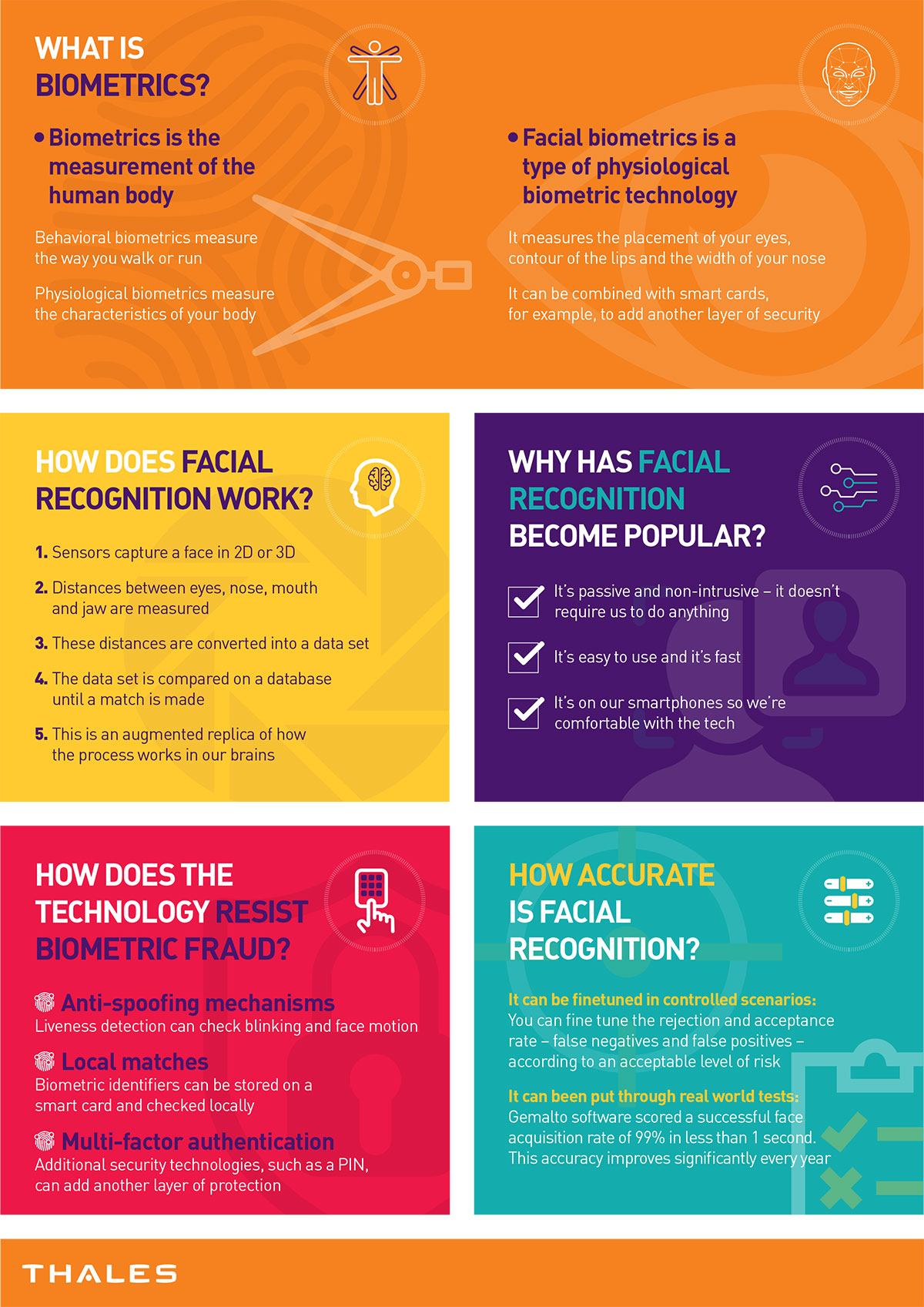What is biometric technology?
Biometric technology is on the rise.
In our digital world, many of us use biometrics every single day.
It's found in device authentication, at access control points (such as e-Passport gates), self-service check-in, ID verification, photo tagging on social media and even in assessing sentiment in the advertising and customer service sectors.
Soon, we might also use biometrics to unlock our cars.
Already being integrated with most of our smartphone devices, facial recognition is one of the most popular types of biometric technology.
And while it seems non-intrusive and simple to a user, the technology is sophisticated. It involves capturing images, measuring distances between points of the face and converting this information into data sets that are identified on a database.
As facial recognition finds its way onto more devices and into more sectors, questions are being raised around how the technology captures data about our faces, how accurate this data is and how it can resist biometric fraud.

Discover our web dossier on Facial Recognition